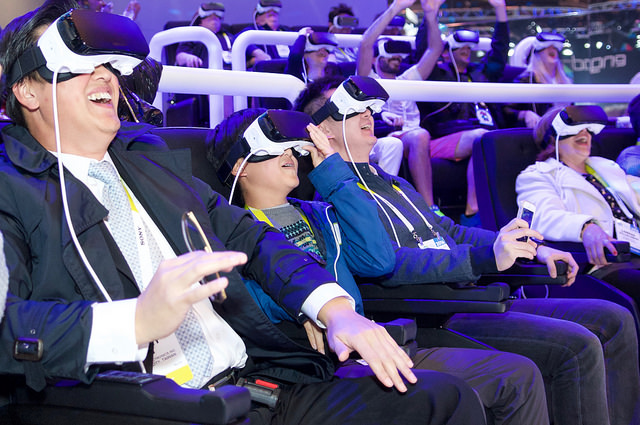Sony dominates U.S. patent filings related to virtual reality, followed by IBM, Samsung, Microsoft and Canon. Magic Leap and Reveo are the leading startups when it comes to published patents related to VR. Microsoft, Sony and Qualcomm have the most published patents related to augmented reality, although they do not necessarily lead in the number of AR inventions. Osterout Group and Magic Leap are the clear leaders in published AR patents. All the companies on these lists have far fewer inventions than patents because multiple patents may be included in a single invention.
In a data-rich post that contains excellent data on patent filings and business development trends in VR and AR, intellectual property law blog IPWatchdog reports that several non-practicing entities like Searete (part of Intellectual Ventures) have already ventured into strengthening their IP in the domain of VR and AR.
Goldman Sachs estimates the combined VR and AR market will reach from $80 billion to $182 billion by 2025.
“These technologies are still in the developing phase and mostly cater to the field of gaming, multimedia and entertainment,” explains IPWatchdog. “However, the applications will expand to healthcare, education, retail and engineering design. Two of the most developing technologies – 5G wireless broadband and Internet-of-Things (IoT) — will support VR and AR just perfectly to expand to many more fields of applications.”
I believe it is important to start the dialogue of defining Hollywood-quality VR experiences and what the key aspects of an interoperable VR and AR ecosystem are now, before technical walled gardens fortified by patents become entrenched.


No Comments Yet
You can be the first to comment!
Sorry, comments for this entry are closed at this time.